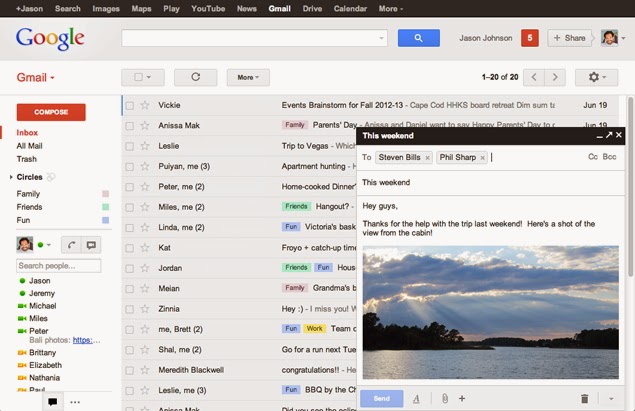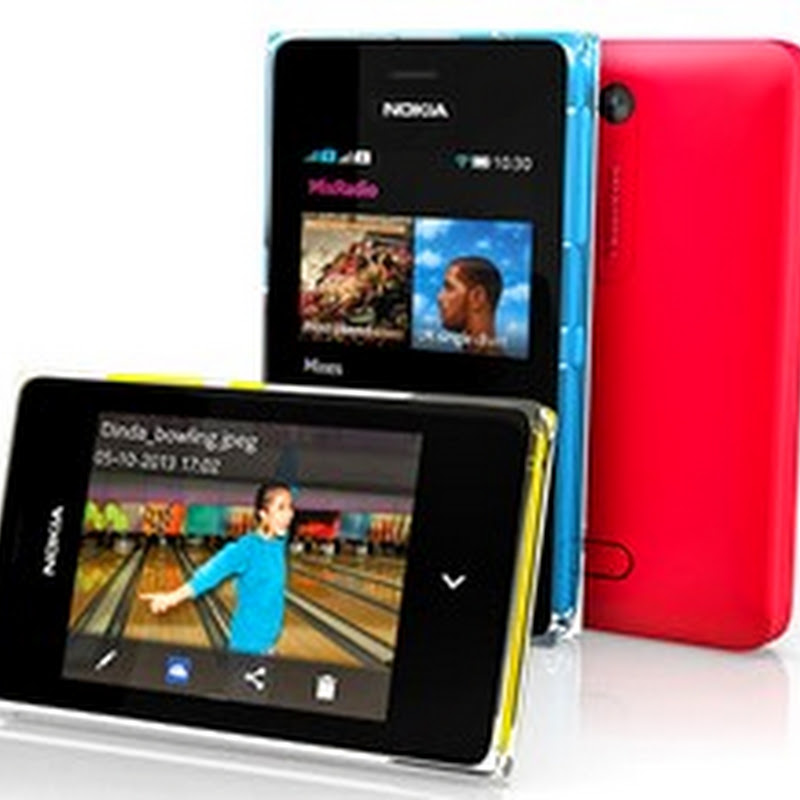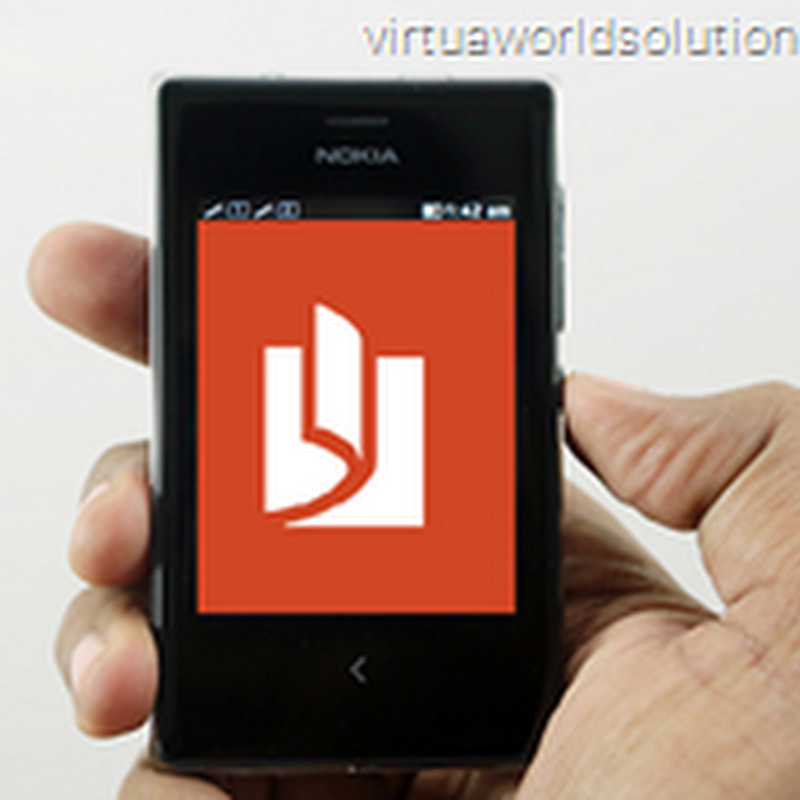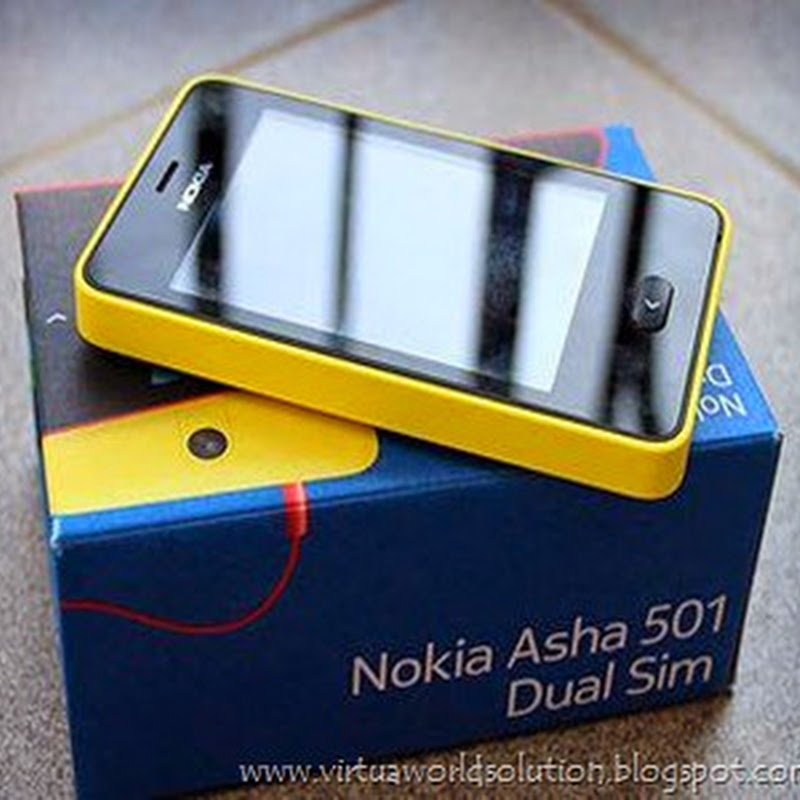 Just about
every new phone that launches has ads that focus on photography. While most
refrain from saying it in as many words, manufacturers manage to coyly suggest
that their phone's camera is better than even a DSLR, pointing, on most
occasions, to the high megapixel count. Nokia holds the crown for the
smartphone with the highest-megapixel count with the 41-megapixel 808 PureView
and the Lumia 1020, though rumours now point to a 50-megapixel camera in Oppo's
next phone.
Just about
every new phone that launches has ads that focus on photography. While most
refrain from saying it in as many words, manufacturers manage to coyly suggest
that their phone's camera is better than even a DSLR, pointing, on most
occasions, to the high megapixel count. Nokia holds the crown for the
smartphone with the highest-megapixel count with the 41-megapixel 808 PureView
and the Lumia 1020, though rumours now point to a 50-megapixel camera in Oppo's
next phone.
In real
world testing though, only a few phones have managed to come close to the
quality and control that you get with even a mid-range point-and-shoot camera -
forget about being better than a DSLR. Why is that?
When Nokia
first came up with the PureView technology used in the 808, its announcement of
the 41-megapixel camera toting phone made no sense. However, thanks to the
camera companies themselves, the term megapixel had become a kind of shorthand
for image quality. When point-and-shoot digital cameras were gaining in
popularity, Nikon, Canon and other manufacturers got into a race to fit in
higher-resolution sensors into their compact cameras, and marketed the term
widely. This has parallels with the GHz wars that played out between Intel and
AMD during the heydays of the PC industry.
Today
though, this tactic has come to haunt the camera manufacturers (much like what
Intel and AMD suffered), and people in both Canon and Nikon are the first to
point out that a 5-megapixel resolution is high enough to take a clear
print-out on an A4 sized page.
That,
incidentally, is the standard resolution for images you will get on the Nokia
Lumia 1020 PureView. This is because Nokia uses a technology called
oversampling, which uses software to treat the individual pixels as a single
unit, and essentially creates artificially big pixels on the image sensor.
The image
sensor - essentially a plate where the light falls through the lens, where the
picture is formed - is probably the most important factor in actually
determining quality. NDTV Gadgets spoke to Abhishek Singh, a Technical Officer
at Nikon India, who shared his thoughts on the subject.
"The
current thinking about megapixels is highly misleading," Singh says.
"As a measure of resolution, it just tells you how big the image you're
taking is. How much can you crop, without pixelation. That's when the original
image is too small and you zoom, so it starts to look blocky. But with a
16-megapixel image, even if I crop to 50% of the image, it won't look pixelated
when printed."
In fact,
the 8-megapixel iPhone 4S camera was used by the Time magazine in November 2012
for its cover photo. The only time you would actually use a full 41-megapixel
image is if you wanted to print the image on a billboard, which is why Nokia
over-samples the pictures and produces clearer 5-megapixel.
The real
reason that a Lumia 1020 produces better pictures than it's contemporaries is
twofold. One of the reasons is that it simply gives the user a lot more control
over individual settings like aperture. But the first - and most important
reason - is that it has a much bigger sensor than any other smartphone (other
than the 808 PureView).
"The
image is formed when the light forms on the sensor," Singh explains.
"If the sensor size is big then the image will be more detailed, even when
you crop into smaller parts of the image and enlarge them."
So where do
the megapixels fit into this? According to Singh, the problem comes when you
try and pack too many pixels into a small sensor.
"It's
like a room. A room that has space for 10 people, you put ten people there and
everyone is comfortable. But when you squeeze 20 in there, then it becomes
uncomfortable, and when you reach 40 people, no one can breathe," Singh
says. "When you pack the individual pixels too tightly on a sensor, the
image quality goes down." That is why the images on many budget phones
look blurry as they struggle to balance 'advertising friendly' megapixel
counts, while still keeping the sensor small enough to fit on the thinner than
ever devices.
According
to Singh, finding out about the sensor size of a device - instead of the
megapixel count - is a quick way of knowing how clear a picture will be,
whether you are looking to buy a smartphone, or a compact digital camera. He
says that another detail that casual buyers need to learn more about is the ISO
or sensitivity of a camera. "A high ISO setting means that you will be
able to take a picture in poor lighting without difficulty, but what's
happening is that your camera (or phone) is electrically stimulating the sensor
to brighten the image. So this can introduce graininess into the image as
well."
With a
growing trend towards low-light photography and a popular shift away from flash
photography, Singh says buyers should also look at the lenses they are getting.
Aperture, or the size of the lens opening through which light falls on the
sensor, is very important in these scenarios, he says. He adds, "an
aperture of f2.2 or f1.8 is becoming more common even in the smaller compact
cameras, because of low-light photography." So when a phone's ad promises
better pictures in low-light conditions? That has nothing to do with how many
megapixels are mentioned in the ad.
Camera
manufacturers deserve their share of blame for making people equate megapixels
with quality, but it's a figure that phone makers picked up and ran with
because it is an easy competition. The fact is that if you want a phone that is
super slim and super light and still has a battery life that will last a full
day and more - then some compromise has to be made, and that is often done by
making a smaller sensor, and making compromises on the lens. If an 8-megapixel
camera is good enough for Time magazine's cover, then maybe it's time for
customers who'll just be sharing pictures on Facebook to think about what they
want from a smartphone camera - and the answer is almost never more megapixels.
 While Nokia's big event is just a few days away (2 April), alleged specifications of the much-anticipated Nokia Lumia 630 (thought to be codenamed Moneypenny) have been leaked along with the first alleged live shots of the device.
While Nokia's big event is just a few days away (2 April), alleged specifications of the much-anticipated Nokia Lumia 630 (thought to be codenamed Moneypenny) have been leaked along with the first alleged live shots of the device. .jpg)









